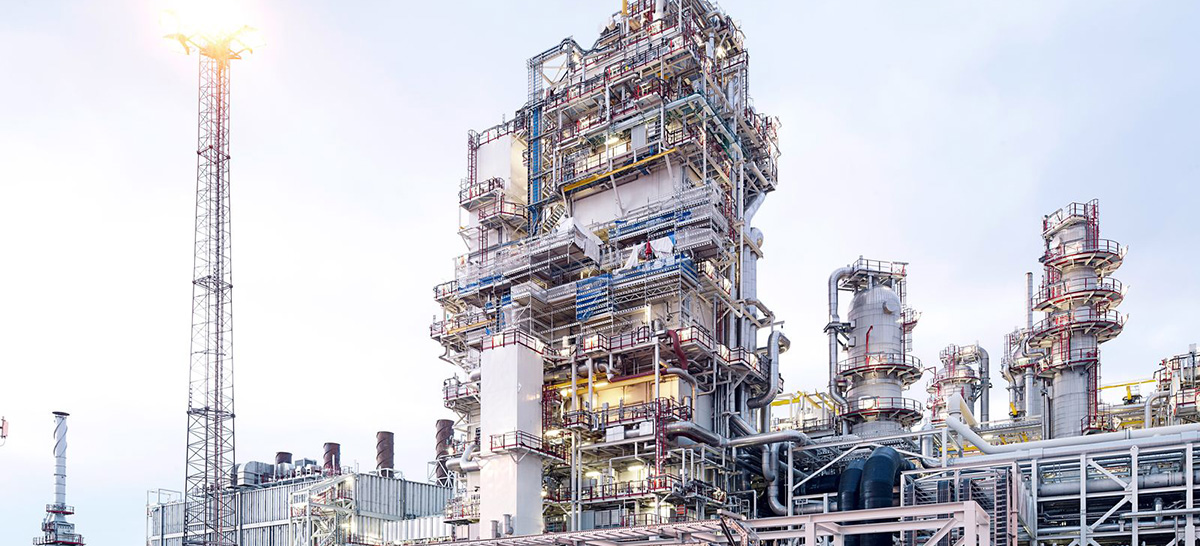Smart Sensor Technology for Hazardous Areas
A single failure or plant trip can result in substantial production losses, especially for industries operating in hazardous areas. Remote condition monitoring minimises any risk of unplanned shutdowns but has been limited for hostile environments by the lack of a cost efficient and easy to deploy solutions.
The arrival of a new variant of the ABB Ability Smart Sensor enables hazardous areas to benefit from this technology.
The challenges
Monitoring – Rotating machinery can be difficult to access making monitoring the condition and performance within hazardous areas costly and time-consuming.
Maintenance – Traditionally, condition monitoring requires maintenance teams to manually gather data, analyse it and generate status reports. Depending on how often this data is collected, identifying early changes in asset health trends can be difficult to spot. This data is critical to prevent unplanned downtime and production losses, as it offers an insight into the health of equipment.
Redundancy – While redundancy improves reliability and availability of critical components, sometimes the maintenance team may change a failed motor without knowing why. Other redundant motors could fail for the same reason.
Ageing plants – Some plants are old with isolated pockets of automation limited to PLCs and SCADA systems and may have very limited or no condition monitoring capability at all. Solutions from different vendors often use different communication protocols, making it hard to bring them together to provide a seamless overview of how a plant is performing.
The solution
Data – Wireless, battery-powered smart sensors pick up data on vibration, temperature, and other key parameters such as power, speed, dependant on the monitored asset. Transmitting a high volume of data on a frequent and regular basis, brings real-time, actionable information on the condition and performance of assets. Data collected is sent to the cloud where it is analysed by advanced algorithms. Safety risks associated with data gathering in hazardous areas are greatly reduced.
Condition-based maintenance – Smart sensors enable operators to predict failure by remotely monitoring health and performance of pumps, motors, mounted bearings and gearboxes. This enables a condition-based maintenance philosophy as opposed to one based on periodic time intervals. Thus, maintenance can be adjusted depending on the environment, the application’s level of use and general component aging.
Installation – Sealed-for-life sensors, which carry an IP66/67 rating, can be mounted directly onto equipment with a simple mounting bracket in a matter of minutes. Sensors are simple to install and motors can still be running during fitting.
The benefits
High performance smart sensors offer a:
• broader communication range
• exceptional battery life, which can be at least three times longer than most competing designs
• line of sight communications over a distance of a few hundred meters
• communication with smartphones, tablets, PCs and plant gateways using low energy Bluetooth or Wireless HART protocols
Monitoring – Equipment installed in difficult or dangerous-to-access locations can be monitored safely and remotely, preventing operators from being exposed to hazardous conditions.
Maintenance – Obtaining the earliest warning of a motor issue ensures that the correct action is taken before failure. Shut down is properly planned with the correct resources in place avoiding the scenario of a failed motor where the correct resources may not be quickly available. Knowing the health of a motor might indicate that it is operating well below its full capability, and therefore its maintenance intervals can be extended with no impact on reliability.
Standards and protocols – High performance smart sensors are ATEX and IECEx certified for hazardous areas. Adopting open communication protocols avoids being locked into proprietary standards that might limit future expansion and upgrading options.
Costs – With no hard wiring, smart sensor allows permanent monitoring at a fraction of the cost of traditional condition monitoring systems.
To find out more about the ABB Ability Smart Sensor for hazardous areas, click here.


